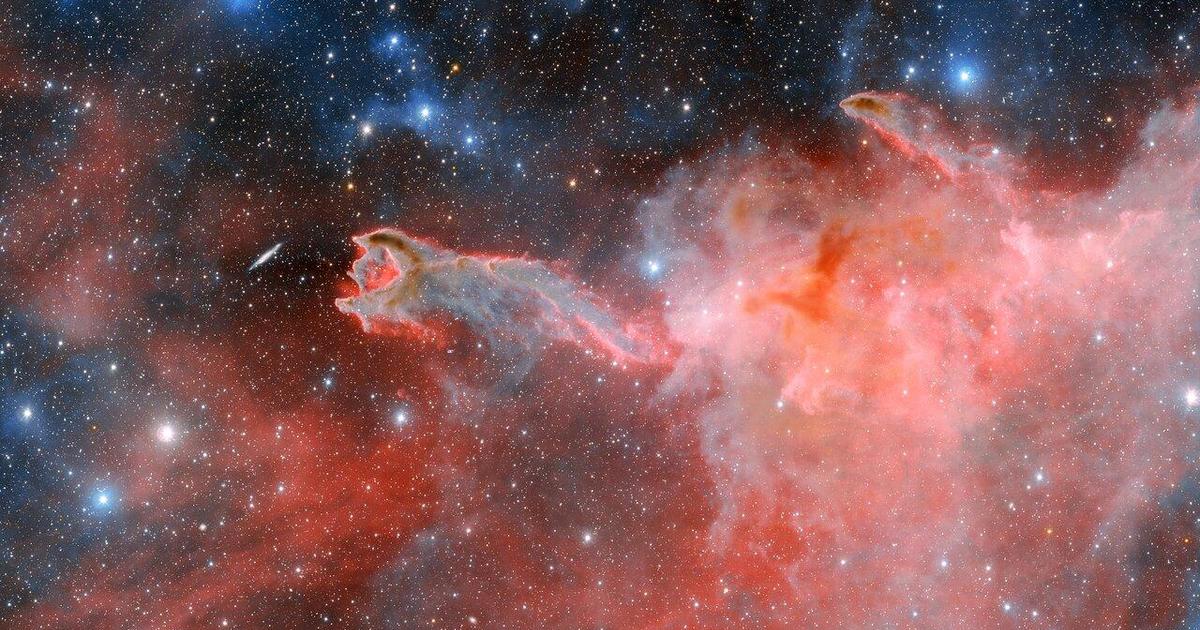More than 63,000 pounds of trash removed from one of the biggest accumulations of ocean plastic in the world
In the Pacific Ocean between Hawaii and California floats a massive collection of debris that has long been accumulating trash — from fishing nets to microplastics — known to be harmful to the marine environment. For years, researchers said it might not be possible to remove the Great Pacific Garbage Patch, but now, one non-profit is proving them wrong.
In July, The Ocean Cleanup, which has been developing a system to help clean up the Great Pacific Garbage Patch, took its first large-scale cleanup system, called System 002, or Jenny, to the Pacific. They conducted a series of tests over the course of 12 weeks, each one consisting of the system being taken offshore to safely gather plastic from the ocean.
The organization completed its final test of the system last week, and on October 14, The Ocean Cleanup tweeted it had gathered 9,000 kilograms — more than 19,841 pounds — of debris. Among the haul were items such as toilet seats, toothbrushes, laundry baskets, shoes, sleds and fishing gear. In total, the organization says, it collected 63,182 pounds of plastic from the ocean during its test extractions.
"Holy mother of god," Boyan Slat, the founder of The Ocean Cleanup, tweeted after the organization recovered its massive trash haul on October 8. "It all worked!!! Massive load."
Slat said that 10 years ago, when he first learned about the Great Pacific Garbage Patch, everyone told him "there was no hope of ever cleaning it up."
"They were right then; no method existed to do it," he tweeted. "Proud (and relieved!) to say that now there is."
In a statement on Wednesday, the organization said it is now using the Jenny system to clean up the patch while also working on scaling up the design to System 003, "which is expected to be the blueprint designing for scaling to a fleet of systems." That system, they said, is expected to be "three times larger" than the current one.
"While it's just the tip of the iceberg, these kilograms are the most important ones we will ever collect, because they are proof that cleanup is possible," Slat said in the release. "We still have a lot of things to iron out, but one thing we know now is that, with a small fleet of these systems, we can clean this up."
The Ocean Cleanup says the Great Pacific Garbage Patch is one of the largest marine debris patches in the world. In 2018, research estimated that there are at least 79,000 tons of plastic inside a 1.6 million-square-kilometer area. Microplastics — plastic materials smaller than 5 centimeters — make up roughly 8% of the mass, but 94% of the estimated 1.8 trillion pieces of debris floating in the area, researchers found.
Marine garbage patches such as the one in the Pacific are large areas where debris collects, according to the National Oceanic and Atmospheric Administration. The aquatic piles are formed by rotating currents called "gyres," which are like "big whirlpools that pull objects in."
There are five gyres in the ocean — one in the Indian, two in the Atlantic and two in the Pacific — and each gyre contains garbage patches of different sizes. The Great Pacific Garbage Patch is the most famous of these piles.
Jenny works by two boats slowly guiding a U-shaped barrier through the polluted area. According to the organization, the circulating currents in the garbage patch move the plastic around, and their system helps guide that plastic into the system's retention zone. Once the system is full, workers empty the plastic on the marine vessel. After they gather as much debris as they can during the excursion, workers take the plastic to shore to recycle, and The Ocean Cleanup reuses some of the materials gathered to make products.
The system is designed to gather even microplastics, which are just millimeters in size.
The Ocean Cleanup also designed the system to be animal friendly. The boats tow it at roughly 1.5 miles per hour, so that marine life can easily swim in, out and around, and there are quick release systems, escape routes, cameras and lights to help animals escape the netting. Crew members also monitor marine life interactions.
Slat believes that about 10 upscaled systems could clean up the Great Pacific Garbage Patch, and that they could remove 50% of it in the first 5 years.
Slat said that many aspects need to be finessed, but that a fleet of The Ocean Cleanup's systems could clean it up. If properly deployed, the organization predicts it could remove 90% of all floating ocean plastic by 2040.
On Wednesday, the organization also said the cleanup method will offset all carbon emissions with the aim of reaching carbon neutrality. Traditional cleanup methods, the organization says on its website, have a "staggeringly high" CO2 footprint. But their systems, they said, are "100% powered by the natural forces of nature," as it uses natural currents and solar energy. The vessel itself, the organization said, is the only aspect of the system that requires fuel.
But the organization's mission has been met with some criticism from fellow climate activists and experts.
In September, Miriam Goldstein, director of ocean policy at the Center for American Progress, told Reuters that The Ocean Cleanup is "coming from a good place," but that priorities should be set on preventing plastic from entering the ocean.
"Once plastic has gotten into open ocean, it becomes very expensive and fossil-fuel intensive to get it back out again," Goldstein said.
While the organization was able to scoop up a massive haul of trash, more than 24 trillion pounds of plastic is dumped into oceans ever year, according to a 2020 study from the Pew Charitable Trusts. And without immediate and sustained action, the annual flow of pollution could nearly triple by 2040 — when The Ocean Cleanup says it could have the majority of floating plastics removed — the study said.
"Without meaningful change, about 4 billion people worldwide are likely to be without organized waste collection services by 2040, contributing significantly to the projected amount of ocean plastic pollution," Pew said in a press release. "Closing this gap would require connecting more than 500,000 people to collection services per day until 2040."




